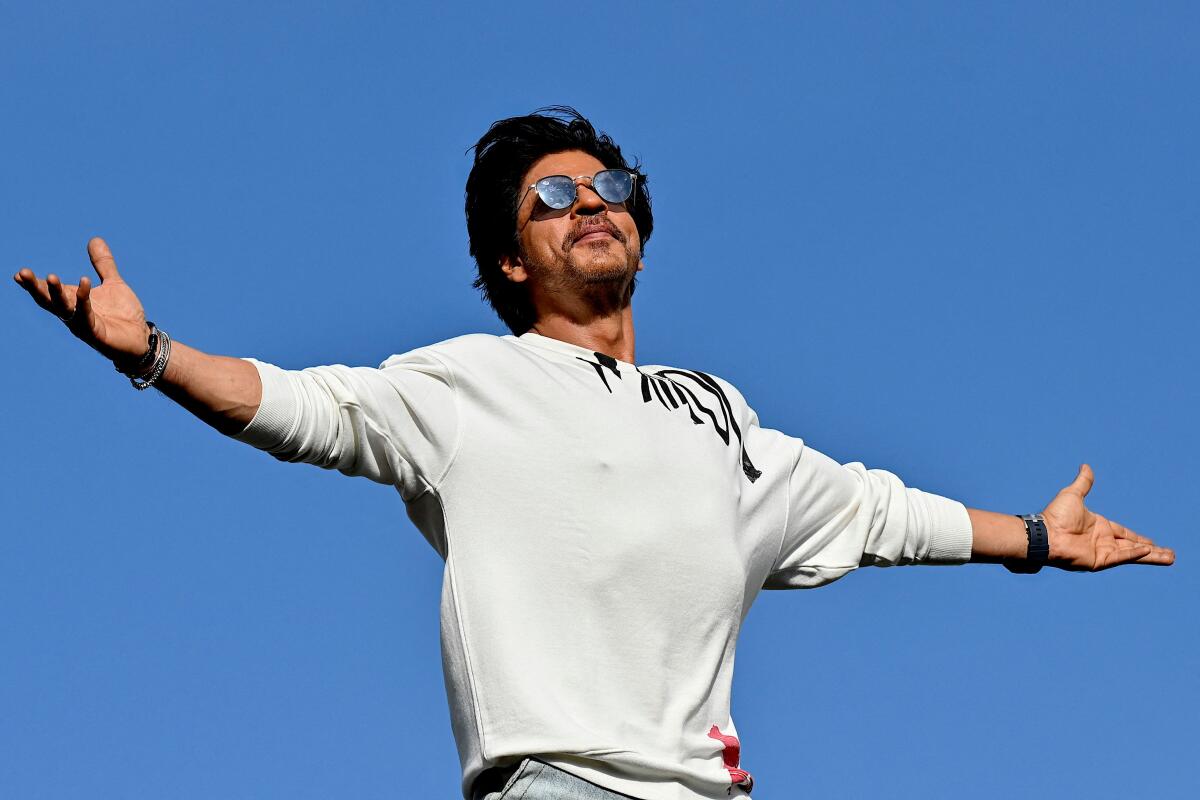This article compares and contrasts the lives and achievements of two influential figures – John Lennon, a legendary musician, and Michael Jordan, an iconic athlete. Both Lennon and Jordan came from humble backgrounds and excelled in their respective fields. Lennon revolutionized the music industry as a member of The Beatles and continued his success as a solo artist. Jordan achieved unparalleled success in basketball, winning six NBA championships and becoming a global icon. Both Lennon and Jordan left a lasting impact on society and continue to inspire generations with their talent and dedication.
Introduction
Throughout history, there have been many influential figures who have left an indelible mark on society. In this article, we will compare and contrast the lives and achievements of two superstars – a legendary musician and an iconic athlete – who have become symbols of greatness in their respective fields.
Background
The first superstar is John Lennon, a founding member of the iconic band, The Beatles. He revolutionized the music industry with his innovative songwriting style and powerful lyrics that resonated with an entire generation. The second superstar is basketball legend Michael Jordan, known for his dominance on the court and his relentless pursuit of excellence.
Early Life
John Lennon
John Lennon was born on October 9, 1940, in Liverpool, England. Raised in a working-class family, Lennon developed a passion for music at an early age. He formed The Beatles in 1960, along with Paul McCartney, George Harrison, and Ringo Starr, which would go on to become one of the most successful bands in history.
Michael Jordan
Michael Jordan was born on February 17, 1963, in Brooklyn, New York. Coming from a family of athletes, he quickly excelled in basketball. Jordan’s exceptional talent led him to be drafted by the Chicago Bulls in 1984, where he would go on to achieve unparalleled success on the court.
Career Achievements
John Lennon
As a member of The Beatles, Lennon achieved unprecedented success. The band produced numerous chart-topping hits like “Hey Jude” and “Let It Be.” Lennon’s songwriting skills and social activism made him an influential voice during the turbulent 1960s. After The Beatles disbanded in 1970, he released solo albums, including the critically acclaimed “Imagine,” which solidified his status as an influential musician.
Michael Jordan
Michael Jordan’s basketball career is legendary. He won six NBA championships with the Chicago Bulls, earning five Most Valuable Player (MVP) awards along the way. His spectacular on-court performances captivated audiences worldwide, and his competitive drive set a new standard for athletes. Jordan’s impact on popular culture extended beyond the sport, as he became a global icon and brand ambassador.
Legacy
John Lennon
John Lennon’s legacy as a musician and activist continues to inspire generations. His music transcends time, with songs like “Imagine,” promoting peace and unity. Lennon’s commitment to social causes still resonates today, and he remains an enduring symbol of artistic expression and cultural change.
Michael Jordan
As one of the greatest basketball players of all time, Michael Jordan’s impact on the sport cannot be overstated. His skills, leadership, and winning mentality influenced a generation of athletes. Beyond his athletic feats, Jordan’s influence extended to the world of fashion, popularizing the sneaker culture and establishing a successful sports apparel brand.
Conclusion
Despite working in different fields, John Lennon and Michael Jordan share several similarities. Both were pioneers in their respective genres, achieving unmatched success and leaving a lasting impact on society. Their dedication, drive, and ability to transcend their fields have solidified their positions as two of the most influential figures in modern history.
